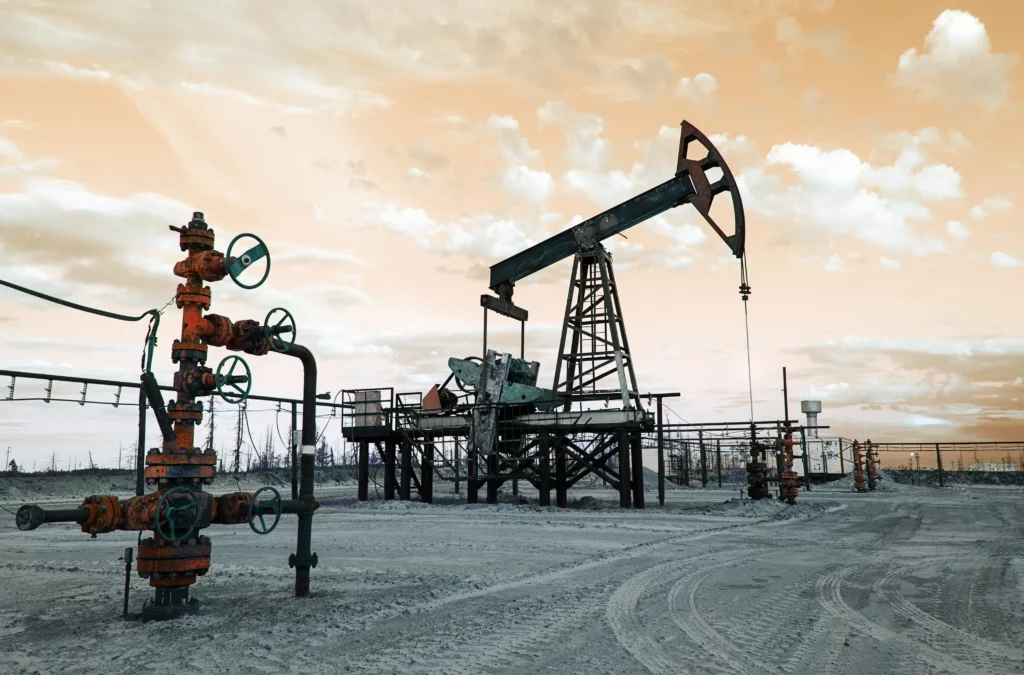
CO2 corrosion in pipelines: Prevention and mitigation strategies
CO₂ corrosion in hydrocarbon pipelines can be controlled by selecting specific inhibitory materials and techniques.

CO₂ corrosion in hydrocarbon pipelines can be controlled by selecting specific inhibitory materials and techniques.
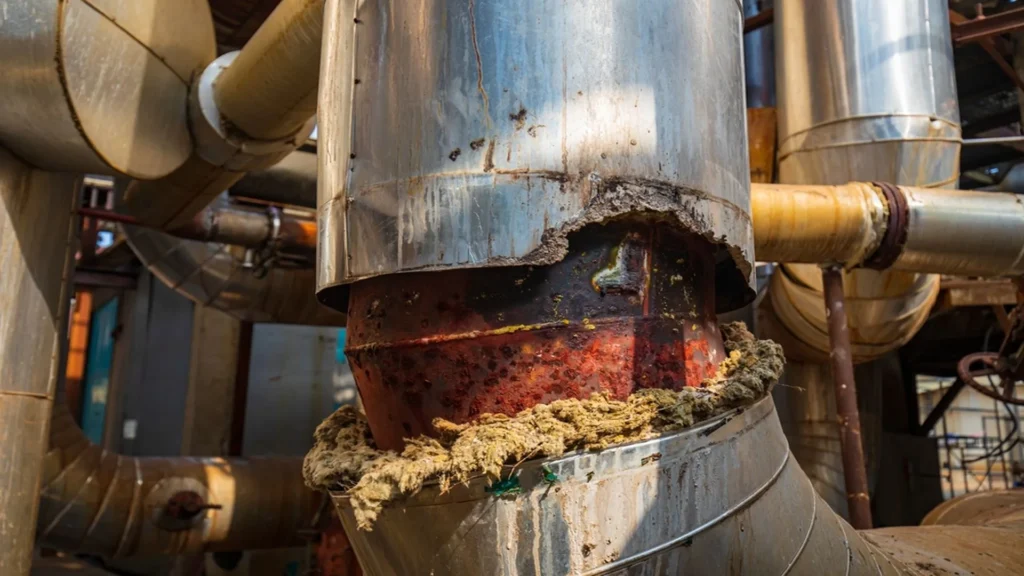
Addressing Corrosion Under Insulation in oil and energy requires a Risk Based Assessment (RBI) for effective management strategies.
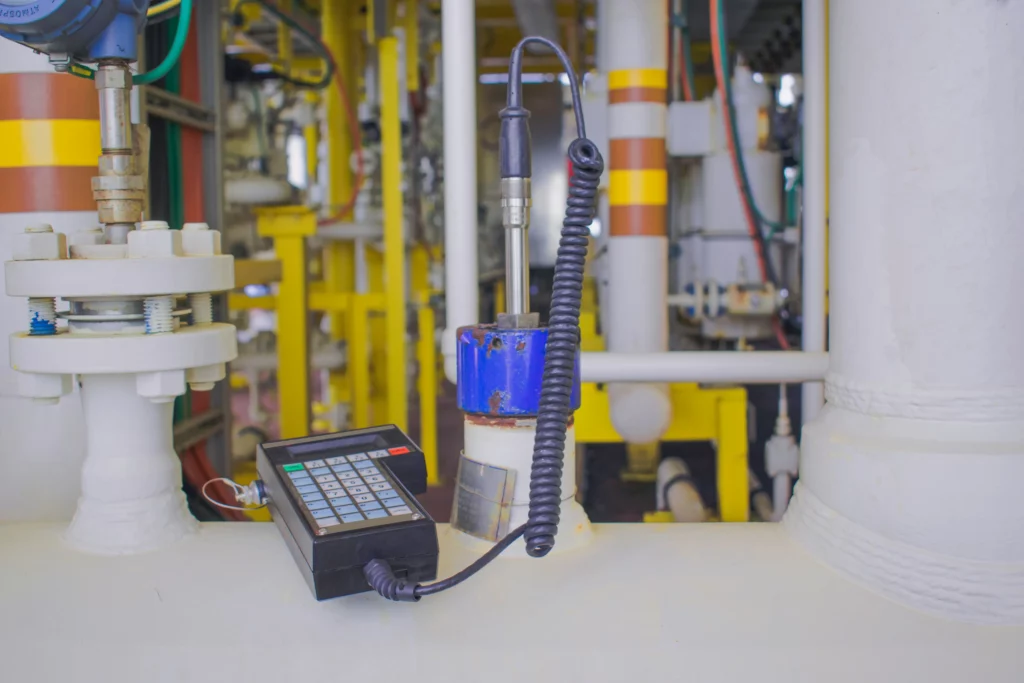
In the field of corrosion engineering, coupons stand out as necessary tools to study and control the effects of corrosion on materials and structures.
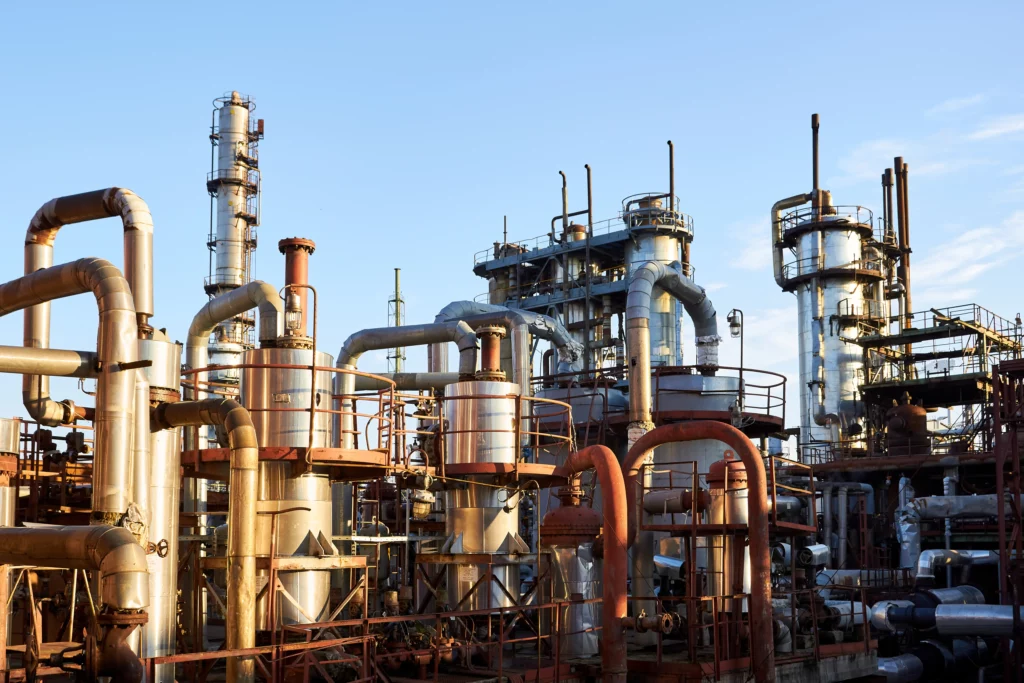
Crude oil, which originates in natural deposits, contains components such as groundwater and sediments, causing corrosion and economic losses in its processing.

Special alloys pipes guarantee integrity and safety in critical industrial sectors thanks to its properties and resistance.
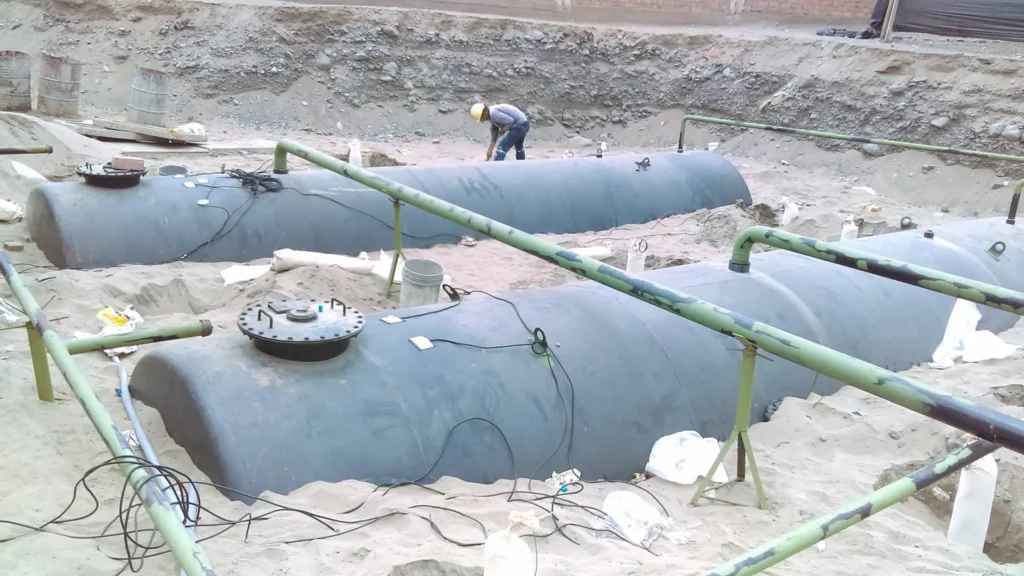
Pulsed Current Cathodic Protection (PCCP) offers superior corrosion control in buried pipelines over traditional methods.

Corrosion mitigation in buried pipelines now integrates advanced coatings, cathodic protection and real-time monitoring for long-term asset reliability.
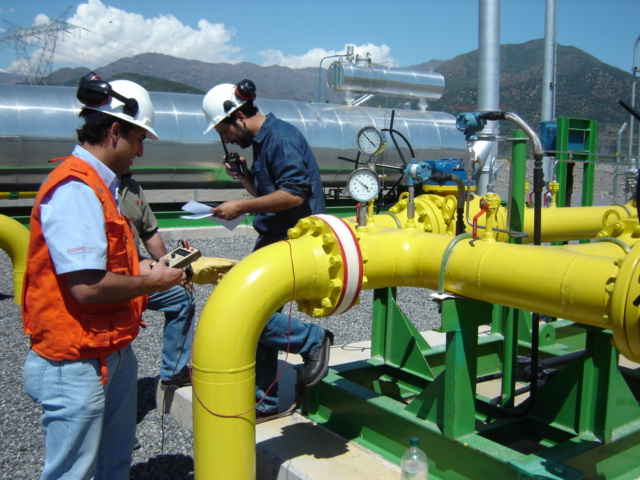
Pipeline corrosion and erosion monitoring is crucial to minimize unplanned shutdowns and preserve the integrity of industrial assets.

Their resistance to thermal and chemical shocks makes them essential in furnaces, boilers and reactors in the oil and gas industry.
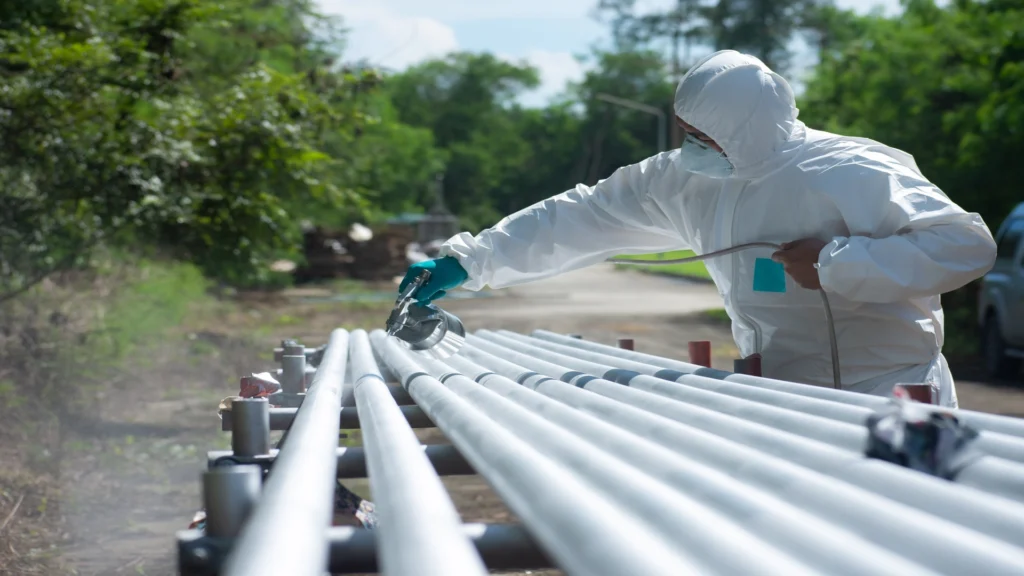
The process of coating metal surfaces, aimed at protecting their integrity and durability, is carried out in four stages: preparation, application, curing, and technical inspection.
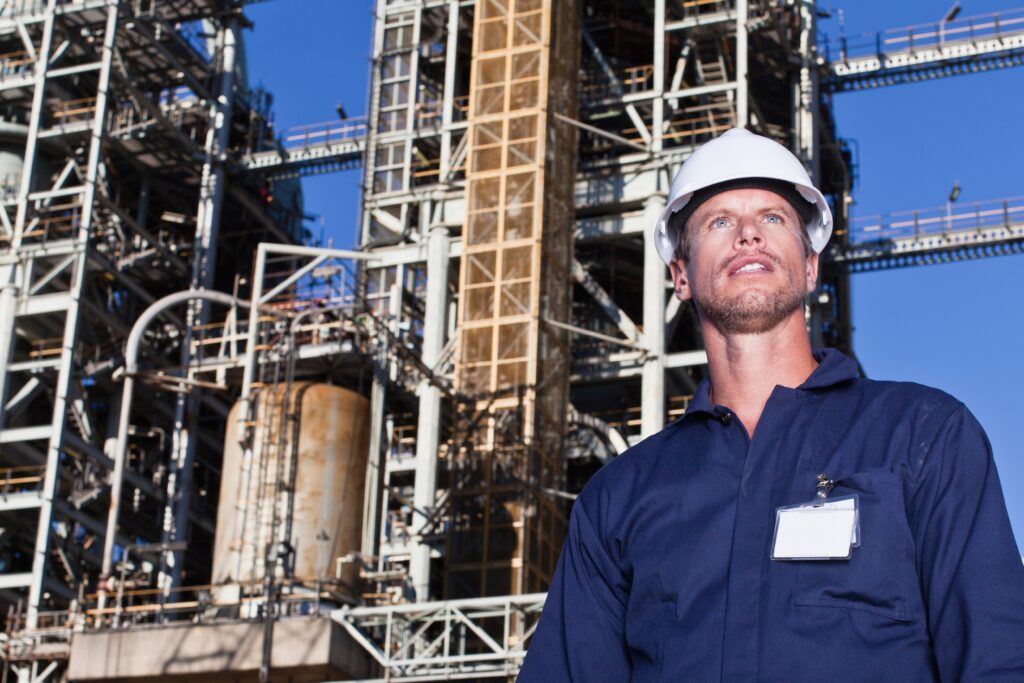
To control corrosion effectively, it is essential to evaluate mechanisms, apply preventive measures, monitor equipment, train personnel and implement organizational audits.

The AMPP is a leading global organization that develops standards for corrosion management and brings together materials experts.